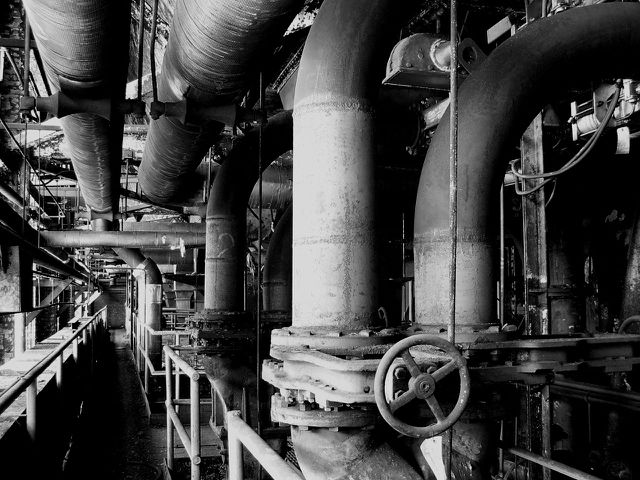Liquid Farm: Difference between revisions
Jump to navigation
Jump to search
m (→Needed Technologies: typos) |
|||
| Line 5: | Line 5: | ||
==Transported liquids and gases== | ==Transported liquids and gases== | ||
* freshwater, hot water, greywater | * freshwater, hot water, greywater | ||
* liquid manure (from cows, pigs) | |||
* wastewater from fish farming (to grow [[duckweed]], [[azolla]] and cattails | * wastewater from fish farming (to grow [[duckweed]], [[azolla]] and cattails | ||
* compost leachate, [[silage]] leachate | * compost leachate, [[silage]] leachate | ||
Revision as of 22:45, 2 March 2016
Not a “farm for liquids” but a concept in which bulk products are transported all over the farm in liquid or gaseous form, moved either by electric pumps or by gravity differential. This may require quite an elaborate system of pipelines but once this infrastructure is set up, it can save labor, time, energy and costs. It provides extra security and independence. It can make use of otherwise stranded solar, wind and biomass energy. Liquids are easy to measure and monitor.
Transported liquids and gases
- freshwater, hot water, greywater
- liquid manure (from cows, pigs)
- wastewater from fish farming (to grow duckweed, azolla and cattails
- compost leachate, silage leachate
- slurry from biogas production
- steam, superheated steam
- compressed air
- CO2-rich air (from compost, used for CO2 enrichment/fertilization)
- biogas, methane, pyrolysis gas (“wood gas”)
- pyrolysis oil
Needed Technologies
- Pipelines: polyethylene (for acidic leachate), terracotta, steel pipes, copper pipes (for wood gas)
- Electric motors (for pumps and fans), wind-driven pumps
- ferrocement for bulk storage of liquids
